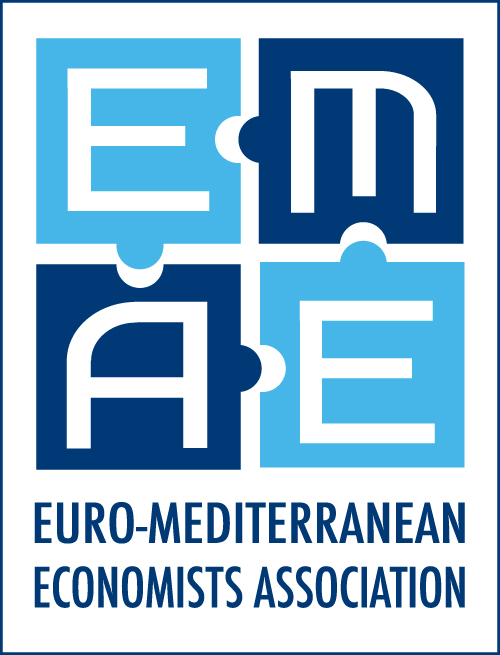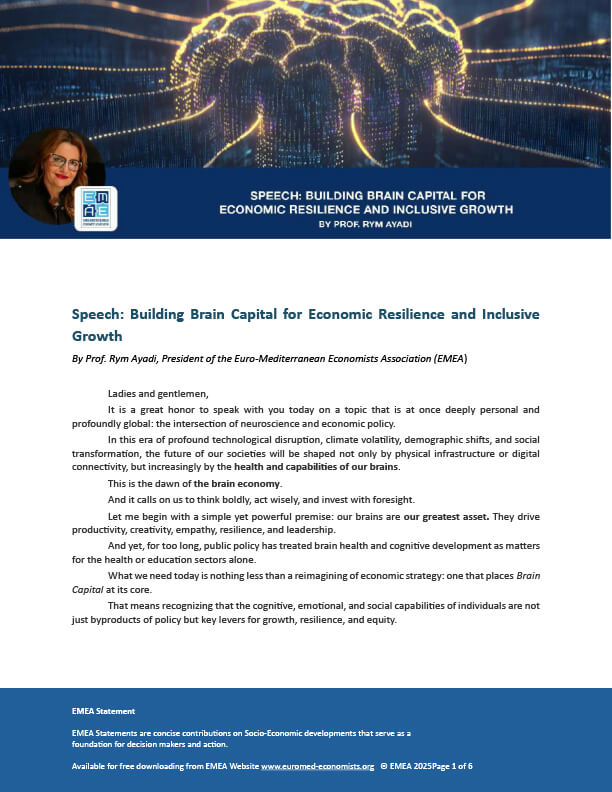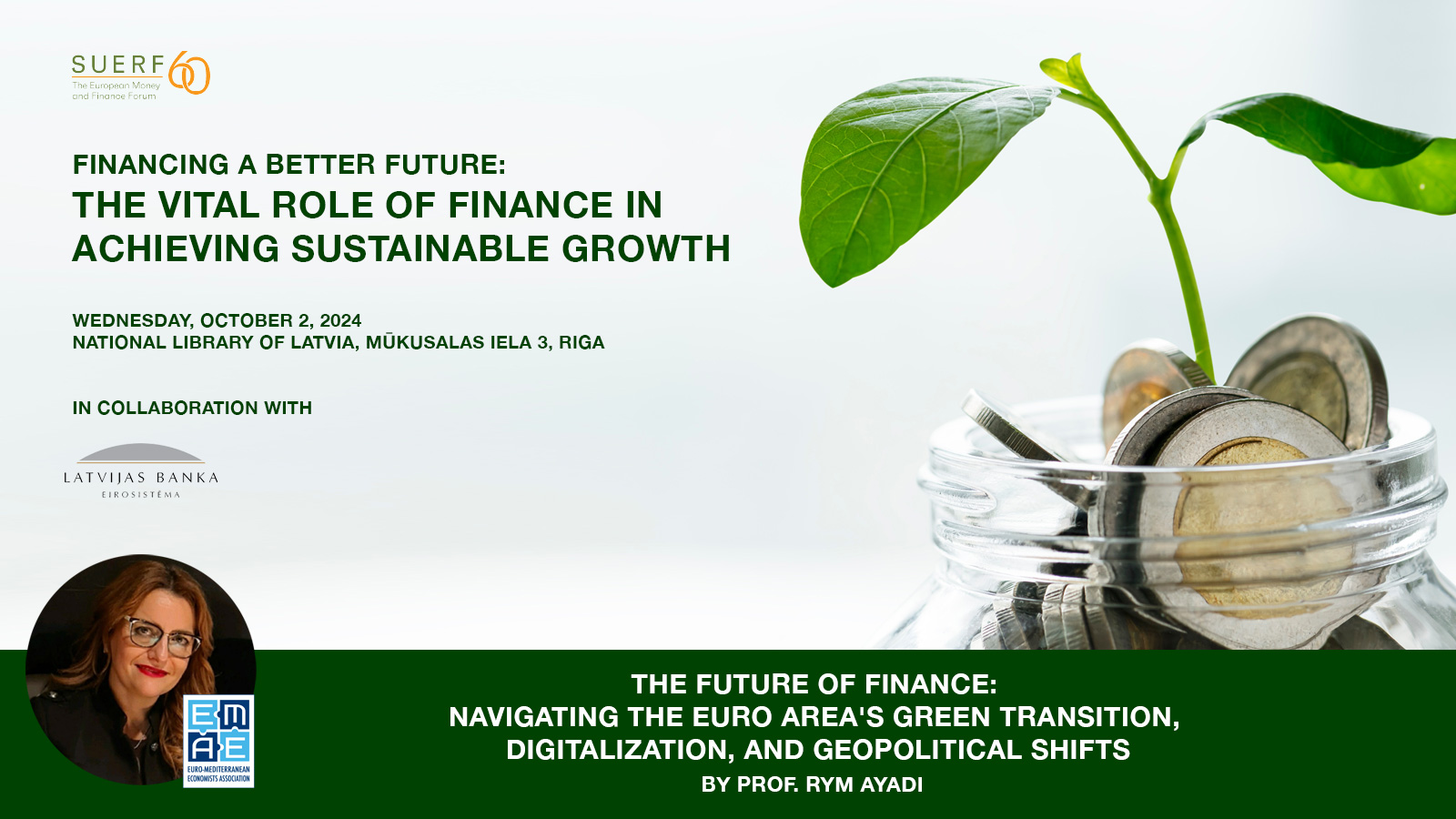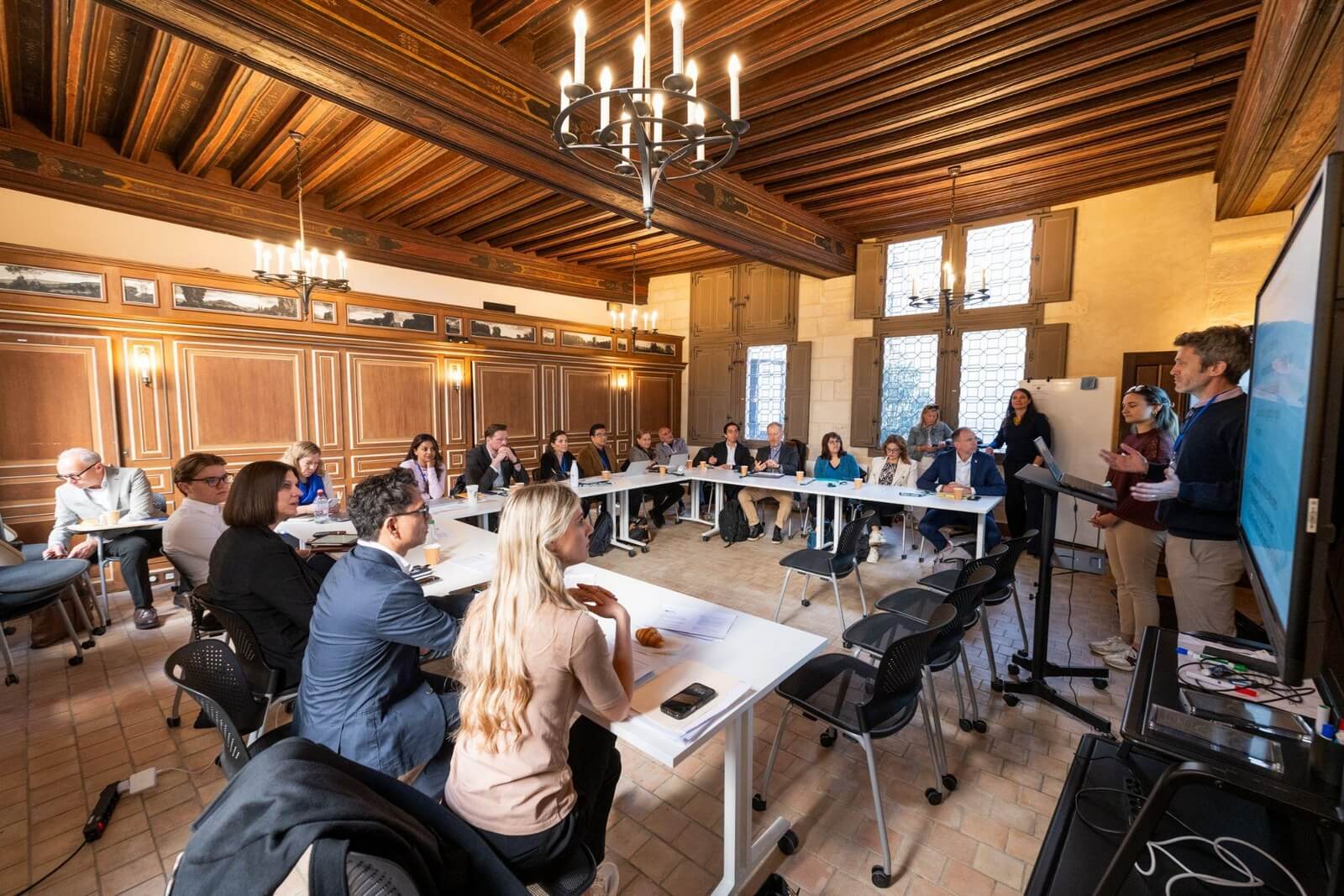By Rym Ayadi
The future of finance in the euro area is at a critical crossroads. As the region grapples with the urgency to accelerate the green transition, the high-speed pace of digitalization, and an increasingly uncertain geopolitical landscape, it must address key investment and financing gaps. Failure to do so could anchor the region to outdated financial models, hampering its competitiveness on a global scale.
How policymakers and financial institutions respond to these challenges will shape the euro area’s economic resilience, integration, and global standing in the years ahead. This article explores the complexities of this financial evolution, highlighting the policy strategies, investment imperatives, and collaborative efforts needed to better navigate these rapid transitions while ensuring the euro area remains a competitive global player.
Investment Gaps: Barriers to a Sustainable, Digital, and Globally Competitive Future
The path to a sustainable and digitally advanced euro area requires significant investments across multiple sectors. However, several investment gaps persist, threatening the region’s progress and competitiveness:
Green Transition:The euro area has committed to an ambitious green agenda, striving to meet the Paris targets by significantly reducing carbon emissions and promoting sustainable practices. The European Commission estimates that achieving climate and energy goals will require an additional €260 billion in annual investments by 2030. Yet, current public and private investments are not keeping pace with these targets. This funding shortfall poses a risk not only to the region’s climate goals but also to its credibility and leadership in the global green economy.
Digitalization: The rapid digital transformation requires the euro area to invest in digital infrastructure, skills, and technology to remain globally competitive. However, disparities in high-speed internet access, digital literacy, and R&D funding across member states create uneven progress. Closing these digital investment gaps is crucial to fostering a cohesive and innovative digital economy within the euro area that can compete on a global scale.
Geopolitical Shifts:The changing global landscape, marked by war in Ukraine, trade tensions, and supply chain vulnerabilities, underscores the need for economic resilience within the euro area. Strategic investments in sectors like semiconductor production, healthcare, and R&D are essential. However, coordinating these investments across countries with varying priorities is challenging, raising the risk of fragmentation and weakening the region’s collective strength.
Crafting Policies for a Future-Proof, Globally Competitive Financial System
Addressing these investment gaps requires a balanced mix of state intervention and market-driven solutions. Policymakers need to design strategies that channel investments into critical areas, fostering an environment conducive to innovation and global competitiveness without distorting market mechanisms.
Key Policy Approaches:
Leverage Public-Private Partnerships (PPPs): One effective way to address investment gaps is through transparent and carefully monitored public-private partnerships. PPPs can mobilize resources for large-scale green and digital projects while promoting innovation and risk-sharing. Governments can partner with private companies to invest in renewable energy infrastructure, smart grids, and high-speed digital networks, creating a solid foundation for a greener, more digital, and competitive economy.
Incentive-Based Regulation: Policymakers should adopt incentive-based policies, such as tax credits, grants, and targeted subsidies, to stimulate private sector investments in green and digital initiatives. This approach directs capital into crucial sectors without causing market distortions, driving investments in areas like renewable energy, energy-efficient technologies, and digital skills development. For example, supporting educational technologies (edutech) can create a digitally literate workforce, positioning the euro area as a global leader in digital finance.
Adaptable and Innovation-Friendly Regulatory Frameworks: As new technologies emerge, particularly in fintech and digital finance, regulatory frameworks must be flexible and adaptive. Principles-based regulations, supplemented with rule-based options when needed, allow financial institutions to explore digital solutions, like blockchain and AI, while ensuring compliance. This adaptability fosters an environment where the euro area can lead in financial innovation, attracting global investment and talent. Excessive compliance based approach will stiffle innovation and will harm competitiveness in the long run.
Stakeholder Value model to be further explored: In shaping the future of finance, the euro area must move beyond the traditional focus on shareholder value to embrace a more holistic approach centered on stakeholder value. This involves considering the interests of a broader group, including employees, customers, communities, and the environment. By integrating environmental, social, and governance (ESG) criteria into investment decisions, financial institutions can drive sustainable growth that benefits society as a whole. Such an approach not only aligns with the region’s goals for the green and digital transitions but also strengthens trust in the financial system. A stakeholder-focused model can promote long-term resilience, stability, and competitiveness, ensuring that financial progress serves both economic prosperity and social well-being.
EU-Led Initiatives: Catalysts for Collaboration and Global Competitiveness
The EU has spearheaded several initiatives to drive investments and promote an integrated, competitive financial system:
NextGenerationEU and the Recovery and Resilience Facility (RRF): Launched to support recovery from the COVID-19 pandemic, this instrument allocates €723.8 billion to member states for green and digital transformations. It serves as a model for aligning national efforts with shared priorities, thereby enhancing the euro area’s economic resilience and competitiveness.
European Green Deal Investment Plan (EGDIP): Aims to mobilize €1 trillion in sustainable investments over the next decade, reinforcing the EU’s commitment to the green transition. By addressing disparities through mechanisms like the Just Transition Fund, the EGDIP strengthens the euro area’s unified stance in the global green economy.
Capital Markets Union (CMU): Aims to create a single market for capital, fostering diverse funding sources for businesses, especially SMEs. Harmonizing regulations across member states attracts international investors, bolstering the euro area’s position as a global financial hub.
Government Intervention: Balancing Collaboration and Avoiding Disparities
Government intervention is often necessary to correct market failures and direct investments to strategic sectors particularly in times of hightened uncertainty. However, it must be managed carefully to avoid creating a “two-speed” economy:
Harmonized Policies: Supranational coordination, such as through the RRF, aligns national efforts with common objectives, reducing fragmentation and fostering a more balanced regional economy. This integrated approach is crucial for presenting a united and competitive front on the global stage.
Inclusive Investment Strategies: National interventions should support regions and sectors most in need. Targeted support for SMEs, impact start-ups, and investments in lagging regions can bridge disparities, enabling equitable digital and green transitions. By investing in rural digital infrastructure, for instance, the euro area can ensure broader participation in the global digital economy. Moreover investing in the brain economy will enhance brain health and skills (see research on brain economy www.euromed-economists.org)
Collaboration on Strategic Autonomy: Government intervention can foster cross-border collaboration in strategic sectors, enhancing the euro area’s economic resilience. Joint initiatives in sectors like semiconductor production and healthcare not only bolster the region’s geopolitical standing but also reinforce its global competitiveness.
Bolstering the Euro Area’s Financial Sector for the Future
A resilient and integrated financial sector is vital for funding the euro area’s green and digital transformations. Coordinated actions at both national and supranational levels are required to strengthen this sector:
Completing the Banking Union: By finalizing the European Deposit Insurance Scheme (EDIS), the euro area can ensure depositor protection and facilitate cross-border investments. A unified banking system allows for more efficient capital allocation toward sustainable and digital projects, enhancing financial stability and global competitiveness.
Advancing the Capital Markets Union (CMU): Developing a robust CMU diversifies funding sources, supporting innovative ventures. By promoting green finance instruments like green bonds and standardizing regulations, the CMU attracts sustainable investments, positioning the euro area as a leader in global finance.
Promoting Green and Digital Finance: Policymakers must support the development of green finance instruments and ensure inclusive access to finance. Fostering the growth of digital finance, through supportive regulations, can facilitate fintech and digital banking adoption, driving efficiency and financial inclusion, making the euro area an attractive hub for global investors.
Fostering Financial Innovation: To stay ahead in the global market, the euro area’s regulators should embrace innovation-friendly policies. Regulatory sandboxes provide a controlled environment for testing digital financial products, accelerating the adoption of technologies like blockchain and digital currencies that are crucial for global competitiveness.
Shaping the Future of Finance in the Euro Area
The euro area is at a pivotal moment. The challenges posed by the green transition, digitalization, and geopolitical changes demand strategic investments and coordinated policy actions. By addressing investment gaps, fostering collaboration, and maintaining global competitiveness, the euro area can build a financial system that supports sustainable, inclusive growth for the future. In navigating this complex landscape, the region has the opportunity to shape a resilient, integrated financial future that benefits all its members and solidifies its standing on the global stage.
Find out more about the event…
The President of EMEA, Prof. Rym Ayadi, was one of the speakers of Latvijas Banka’s Economic Conference 2024 “Financing a Better Future: The Vital Role of Finance in Achieving Sustainable Growth” which was organised in cooperation with SUERF – The European Money and Finance Forum and took place in Riga on 02 October 2024. The event brought together internationally renowned experts to discuss the development prospects of the financial sector and its contribution to economic growth.
The article is based on Prof’ Ayadi’s intervention at the panel discussion “From Riga to Brussels to Wall Street: Examining the Differences of Financial Architecture”. The session was moderated by Michala Marcussen – Group Chief Economist and Head of Economic and Sector Research, Societe Generale, and the panel included Luis de Guindos – Vice-President of the European Central Bank (ECB), Karel Lannoo, CEO of CEPS (Centre for European Policy Studies), and Tatyana Panova, representative of DG FISMA.





